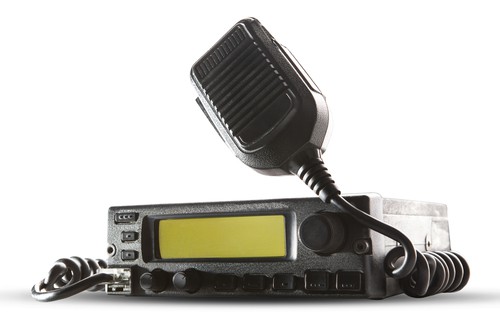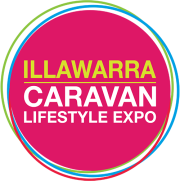When towing a vehicle, a UHF CB Radio is a must have and here are some tips for use.
What is UHF?
UHF CB or citizen band radio is a two-way radio system that uses the 476.4250–477.4125MHz, radio spectrum for short-distance communications. It is divided into 80 channels for various uses.
The service is for public access and available to everyone but not all channels can be used by anyone for just any reason – there are significant penalties for misuse of channels.
Advantage & Disadvantage of use
UHF’s distinct advantage over mobile phones is that it can work anywhere and requires little to no infrastructure to be in place. At the user end, all that is required is a basic radio set.
The key disadvantage is that it operates on a line-of-sight basis, and therefore has very short reach. Under normal conditions, you can expect a good signal over a distance of 5 to 8km; in a high position (such as a hill), this can be increased to up to 25km.
The upside is that you’re always communicating with those who are in your immediate vicinity.
Legally restricted channels
The following channels are legislated as a part of the ACMA UHF CB Class Licence.
Channel 5 and 35: are the designated emergency channels and are not to be used except in an emergency.
Channel 11: is the ‘call channel’ and is only to be used for initiating calls with another person, you should quickly organise another vacant channel to continue your discussion on.
Channel 22 and 23: are only to be used for telemetry and telecommand, packet data and voice transmission are not allowed.
Channel 61, 62 and 63: are reserved for future allocation and transmission on these channels is not allowed.
UHF Channels
Each of the 80 UHF channels has the following accepted use:
Channels 1-8 and 41-48: Duplex channels (output).
Channels 31-38 and 71-78: Duplex channels (input).
Channels 5 and 35: Duplex channels strictly used for emergency communications.
Channels 9, 12-17, 19-21 24-28, 30, 39, 49-60, 64-70, 79 and 80: General chat channels, simplex use.
Channel 10: 4WD Clubs or Convoys and National Parks.
Channel 11: Call Channel used for locating friends – a general meeting point for when communications are lost or beginning, before moving to another channel.
Channel 18: Caravanners and Campers Convoy Channel.
Channel 40: Australia Wide road safety channel used primarily by truckies and oversized load pilot vehicles.
Channels 22 and 23 (25kHz): Telemetry & Telecommand used for automated data communications only.
Channel 29: Road safety channel Pacific Hwy, Pacific Mwy (NSW & QLD).
Channels 61-63: Reserved for future use.
The ‘duplex’ function of the UHF system helps increase the range of UHF radios using repeater stations set in ideal locations, such as hills. Any transmissions sent on non-duplex channels are sent in simplex mode, or directly between radio sets without the use of a repeater.
Etiquette
- It is important to remember that channels 5 and 35 are strictly for emergency communications, as emergency services monitor channel 5 for requests for help.
- Once communication is established, it’s accepted that both parties continue on another channel to free the channel up. If they’re taking place over a short distance, these ‘one on one’ conversations can continue on any of the general-use channels.
- It’s important to understand that all communications on every channel are public. Anyone within range of you or a repeater that you’re using can hear you and join in.
- UHF radio is a great way of staying in touch with your convoy or just to see who’s about.
- Most importantly, it is a vital link to the outside world when things go wrong.




